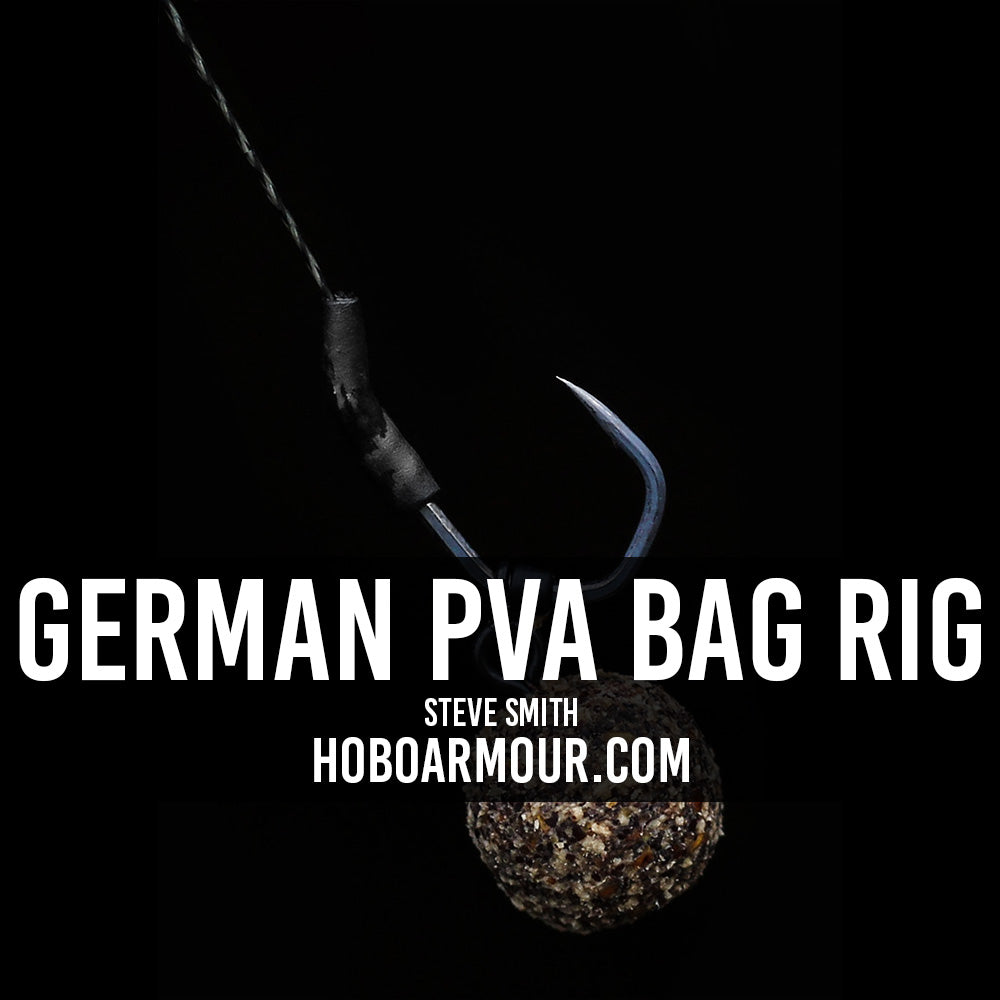KHV (Koi Herpesvirus)

Hobo Armour and KHV (Koi Herpesvirus)
WARNING DISTRESSING IMAGES
There have been several reports across the Cheshire area of the horrible KHV (Koi Herpesvirus)
KHV stands for Koi Herpesvirus, which is a highly contagious and deadly virus that affects species of common carp, including koi carp (Cyprinus carpio). It is a type of herpesvirus specifically targeting these fish species.
KHV is known to cause significant mortality rates in infected fish populations. It primarily affects the gills, skin, and other internal organs, leading to severe health issues. Infected fish often exhibit symptoms such as lethargy, loss of appetite, respiratory distress, and the development of skin lesions or hemorrhages. Mortality rates can be as high as 80-100% in affected populations.
The virus can spread through direct contact between infected and susceptible fish, as well as through contaminated water, equipment, or other materials. It is important to note that KHV is not harmful to humans, and there have been no reported cases of transmission from infected fish to humans.
KHV poses a significant risk to carp populations, including those in fisheries, aquaculture facilities, and ornamental ponds. It can have severe economic impacts on the fish farming and ornamental fish industries, as well as ecological consequences due to the role of carp in freshwater ecosystems.
Efforts are being made to develop effective vaccines and management strategies to control the spread of KHV. However, prevention through strict biosecurity measures, such as quarantine, regular monitoring, proper disinfection of equipment, and responsible fish handling, remains the key to limiting the spread of this virus and protecting carp populations.
What to Be Aware of And What to Look out for.
1. Biosecurity Measures: Anglers should practice good biosecurity to prevent the spread of KHV. This includes thoroughly cleaning and disinfecting fishing equipment, such as nets and unhooking mats, between fishing sessions and different waters. Additionally, avoid using equipment that has been in contact with potentially infected waters without proper disinfection.
2. Responsible Fish Handling: Proper handling of carp is crucial to minimize stress and prevent the spread of diseases like KHV. Anglers should avoid transferring fish between different waters, especially if there is a risk of KHV infection. It is essential to handle fish with wet hands and use appropriate carp care products, such as antiseptic treatments for hook holds or mouth ulcers, to reduce the risk of infection.
3. Reporting Suspected Cases: If anglers observe any signs of KHV infection in carp, such as unusual behavior, visible lesions, or mortalities, it is important to report it to the relevant authorities. Prompt reporting can help identify and manage potential outbreaks, protecting both fish populations and the sport of Carp Fishing.
4. Education and Awareness: Anglers should educate themselves about KHV and its effects on carp populations. Staying informed about the latest research, guidelines, and best practices regarding KHV management is crucial. By raising awareness among fellow anglers about the risks and prevention measures, we can collectively contribute to limiting the spread of KHV in Carp Fishing.
Some fisheries may have specific rules and regulations in place to prevent the spread of KHV. Anglers should familiarize themselves with these rules and adhere to them to ensure the health and sustainability of carp populations.
By practicing responsible fish handling, implementing biosecurity measures, promptly reporting suspected cases, and spreading awareness, Carp Fishing enthusiasts can help protect carp populations from the devastating effects of KHV and ensure the long-term viability of this beloved sport.
HOW TO COMBAT KHV 
Disinfecting landing nets and slings is a crucial step in preventing the spread of Koi Herpesvirus (KHV) and other potential pathogens. Here's a guide on how to properly disinfect landing nets:
1. Remove any visible debris: Before disinfection, thoroughly rinse the landing net and sling to remove any visible dirt, algae, or organic matter. Use clean water to ensure a clean surface for the disinfection process.
2. Choose an appropriate disinfectant: Select a disinfectant that is effective against viruses, such as those with active ingredients like sodium hypochlorite (bleach) or quaternary ammonium compounds. Check the label of the disinfectant to ensure it is suitable for use on fishing equipment.
3. Prepare the disinfectant solution: Follow the manufacturer's instructions to prepare the disinfectant solution. Dilute the disinfectant with water according to the recommended concentration. Ensure you have enough solution to completely submerge the landing net and sling.
4. Submerge the landing net and sling: Immerse the landing net and sling in the prepared disinfectant solution, ensuring that all surfaces of the net and sling, including the handle and mesh, are fully submerged. Allow the net and sling to soak for the recommended contact time specified on the disinfectant label. This contact time ensures that the disinfectant effectively kills any potential pathogens.
5. Rinse thoroughly: After the recommended contact time, remove the landing net and sling from the disinfectant solution and rinse it thoroughly with clean water. Rinse multiple times to remove any residue from the disinfectant.
6. Allow to dry: Once rinsed, allow the landing net and sling to air dry completely in a clean and dry area Best in the sun. Avoid using the net until it is completely dry, as moisture can promote the growth of microorganisms.
7. Repeat regularly: Regularly disinfect landing nets, especially if you fish in different waters or suspect the presence of KHV. Establish a routine to disinfect your landing nets and slings after each fishing trip or at regular intervals to ensure continuous protection against potential pathogens.
Remember, proper disinfection of landing nets and slings is an essential biosecurity measure to prevent the spread of KHV. By following these steps, you can help maintain the health of carp populations and reduce the risk of transmitting diseases between fishing locations.
FOR MORE INFO USE THE FOLLOWING LINK BELOW
https://www.gov.uk/government/news/outbreaks-of-koi-herpesvirus-khv-disease-in-2023
WE all love are Carp and the waters we fish so if we want to continue to do so we must take care of the things we do that can make a difference
REMEMBER LEAVE NOTHING BUT FOOTPRINTS
PHIL HOBO ARMOUR






Leave a comment